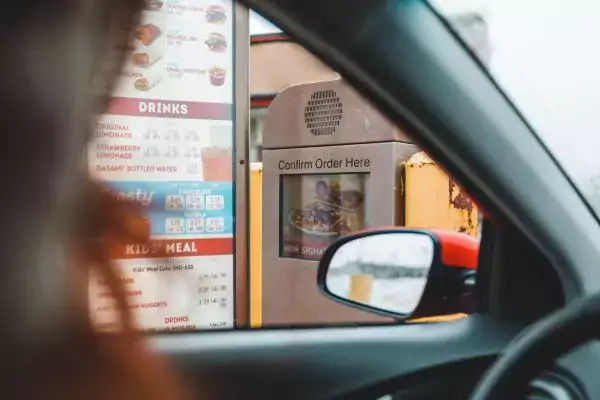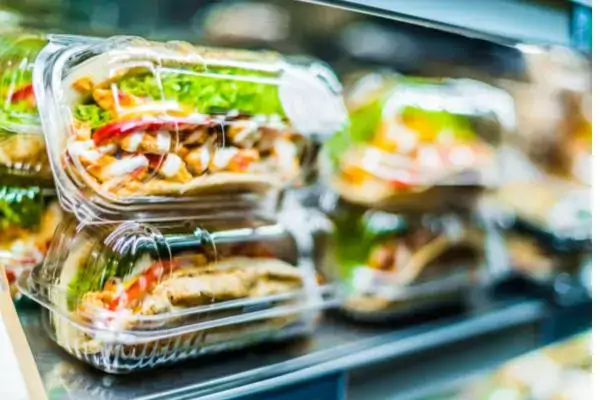Time for a trivia question: Drive-thru dining has evolved parallel to which two technologies?
This is a trick questions where you might first think that the answer is the evolution of the car. But if you think about it, a Model-T could roll through a drive-thru at the same rate as a 2017 Ford Focus. There’s still a human handing a bag of food to a driver through a window—something that hasn’t changed throughout the decades and probably won’t change anytime soon.
The real answer is cooking/kitchen technologies and digital signage. Preparing food quickly and efficiently, and making sure the order is right are the two factors that, together, continue to be the fulcrum of change (or stagnancy) in the drive-thru industry. The companies who really want to win this game invest in their kitchens and digital signage to improve transaction times and order accuracy. The biggest winners are the companies that have spent their resources integrating these technologies to streamline the customer service experience. These companies understand why customer satisfaction and loyalty is pivotal to the future of their brand.
OK, so if an operator is not innovating but still has 60% to 70% of its business rolling through the drive-thru, they don’t have to be too concerned, right? … Wrong!
Burgers-and-fries operators should be very concerned about the entrance of popular fast-casual players into traditional QSR territory. A good example is the Panera Bread drive-thru I recently saw on the edge of a college campus. The researchers behind the 2016 QSR Drive-Thru Study were surprised to see that total transaction times increased slightly over the past year. They were just as surprised by data that showed made-to-order chains like Panera were very close to the transaction times expected of more traditional QSRs.
If you’re the burgers-and-fries operator, here’s your “uh-oh” conclusion from this study: “If these [fast-casual brands] start to use the technology that speeds up total transaction times, they will be within a few seconds of most of the traditional operators.”
Check your rearview mirror because the competition is approaching!
Areas of Improvement
Let’s return to those slightly elevated transaction times. Researchers also noticed a dip in service times when the numbers of cars in the drive-thru line starts to grow. The data suggests operations start to fall apart as volume starts to peak. Operators have the data and technology to anticipate the uptick in traffic, so there’s seemingly no reason why the line should start getting long. So why does it?What the data doesn’t always account for is the human factor. Is the staff prepped and ready to go? Are they carrying out best practices in the kitchen throughout their shift? Is your digital signage and intercom in the drive-thru functioning properly? If it’s not, has anyone noticed? These are just some of the questions a sales sheet can’t answer. But they are questions your managers can answer by regularly auditing locations.
One such solution comes from Zenput, a mobile solution that can help drive-thru operators discover and resolve issues that can hurt their business. Auditing isn’t a “gotcha” game between restaurant employees and management. Rather, it’s a way to gain actionable insights to address real concerns at the store level, improving customer service, boosting team morale, and improving sales. Learn more about auditing a drive-thru operation with Zenput by downloading our free drive-thru audit guide.Subscribe to our blog
You are now subscribed!


